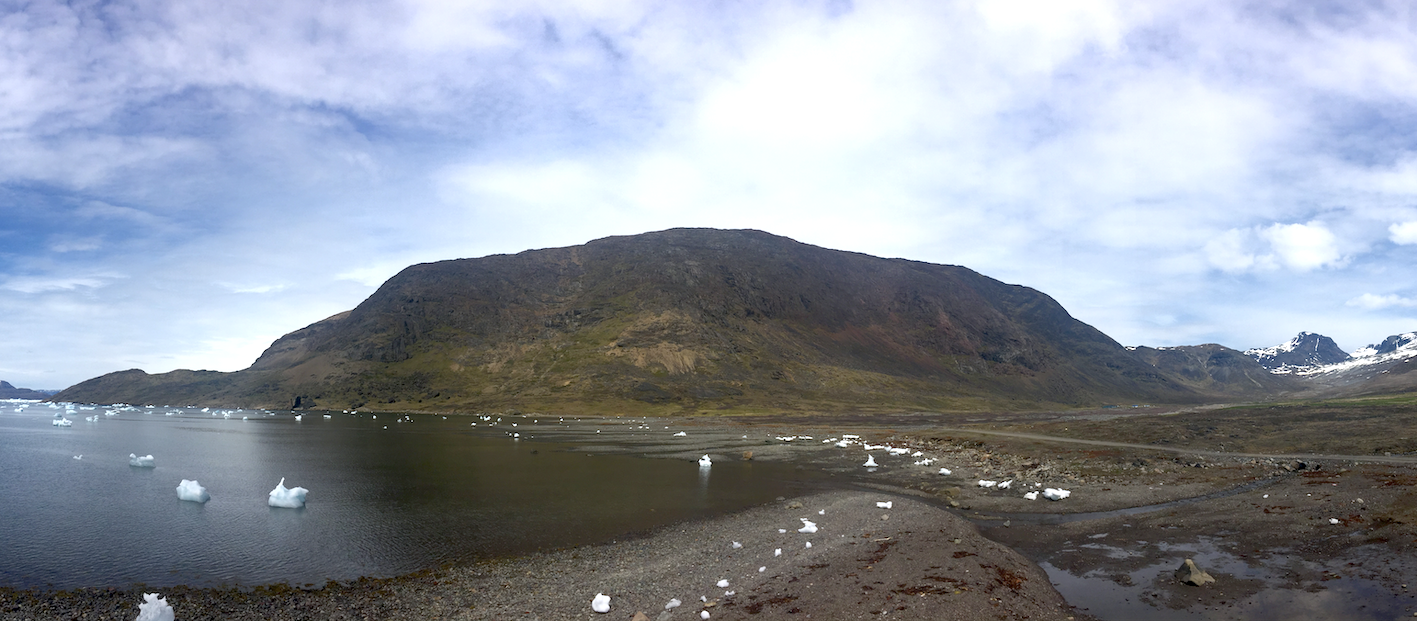A Radioactive Limit – What is Next for Greenlandic Mineral Extraction?

© Mikkel Schøler
Mikkel Schøler
The Kuannersuit mining project hearing is officially still underway with a September 13 deadline. Still, the project seems dead for the near future, as the current coalition has announced its intention to ban mining of minerals with a radioactive content. While the statement sounds straightforward to the untrained ear, reality is far messier, and it has cast a long shadow of doubt over the entire Greenlandic mineral sector.
In an effort to appease worried investors, newly appointed Greenlandic minister of resources, Naaja Nathanielsen, disseminated a press release in May stating that the governments position was “Yes on mining, but no on uranium”. According the Greenlandic public service channel KNR, she also stated that “The coalition expects to present a zero-tolerance policy [for uranium] this year”.
However, passing an actual zero-tolerance policy for radioactivity in mineral extraction would be the same as banning all mining, as almost all rock contains both measurable radioactivity and measurable uranium.
Later that month, Nathanielsen conceded that point in a comment to Greenlandic newspaper, Sermitsiaq, saying that “We are aware that radioactive elements are widely dispersed, and that is why the work on a zero-tolerance policy will include a limit [for allowable radioactive content]”.
Again, to the untrained ear, this may sound reasonable, but again, the reality is far messier. Speaking to Sermitsiaq last week, the former CEO of the now dissolved national Greenlandic mineral exploration company NunaMinerals, Ole Christiansen, outlines some of the ways a limit for radioactive content also increases investor risks, when investing in Greenlandic mineral exploration.
“If the Greenlandic government decides to introduce a limit of say 500 grams of uranium per ton ore, the Kuannersuit Project could move forward, as the ore contains 200-300 grams of uranium per ton ore, according to the published material. But what if the company invests a large amount in constructing a mine, and then, after a couple of years, realises that the deeper ore reserves contain more than 500 grams of uranium per ton? Would you then have to close the mine?”
Christiansen also points out that concentrates typically have a higher radioactive content than the unprocessed ore. What would happen if the concentrate passes the limit? In addition, what would happen if other radioactive elements like thorium contribute to passing the limit for radioactive elements? Thorium is a part of the Kuannersuit resource with a content of 1000 gram per ton ore – 3-5 times as much as uranium.
The Greenlandic government finds itself in a self-made catch-22. On the one side, IA has staked its entire election success on wanting to ban extraction of radioactive material, particularly to stop the Kuannersuit Project. On the other hand, the Kuannersuit Project contains only small amounts of radioactive minerals per ton of unprocessed ore, so basing a general limit on that project would in reality stop a lot of exploration projects that the coalition wants to move forward.
One way forward could be to operate with a geographic limit. As Greenland is a vast country with a sparse population, one could argue that a geographic limit on radioactive mineral extraction within a certain distance of inhabited areas could achieve both. It would allow the coalition to stop the Kuannersuit Project and give all other projects peace of mind. However, such a geographic limit probably would be seen as going back on an election campaign promise by both the farmers in South Greenland and by IA’s voters in particular, as it would allow other resource developers to extract radioactive content.
That is why Christiansen’s comments are spot on. For an investor planning to explore a resource or to bring one from exploration to extraction, any limit increases the risk. It is now up to the Greenlandic government to propose a limit that minimises that risk as much as possible. If not, resource exploration in Greenland could soon be a thing of the past.
At least until a different Greenlandic majority emerges.